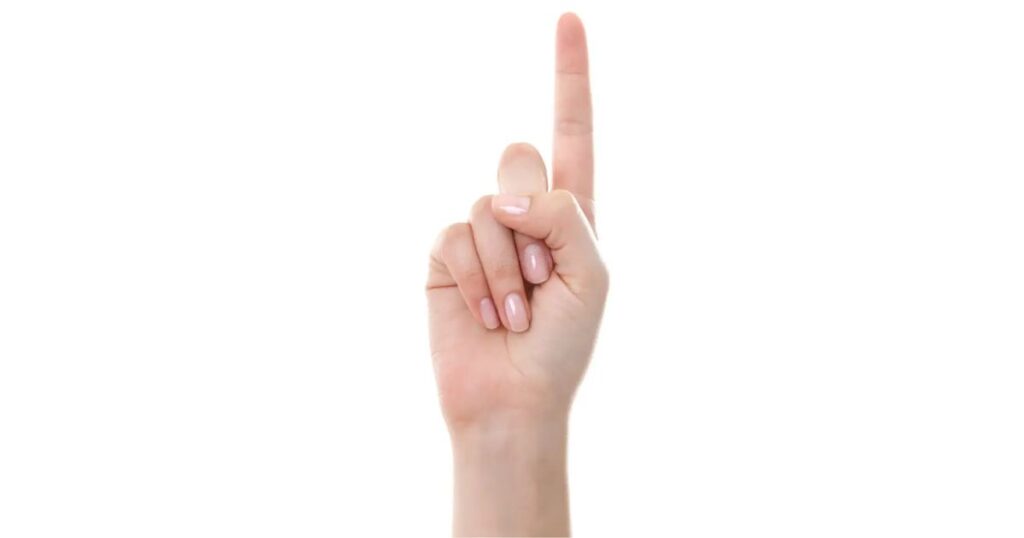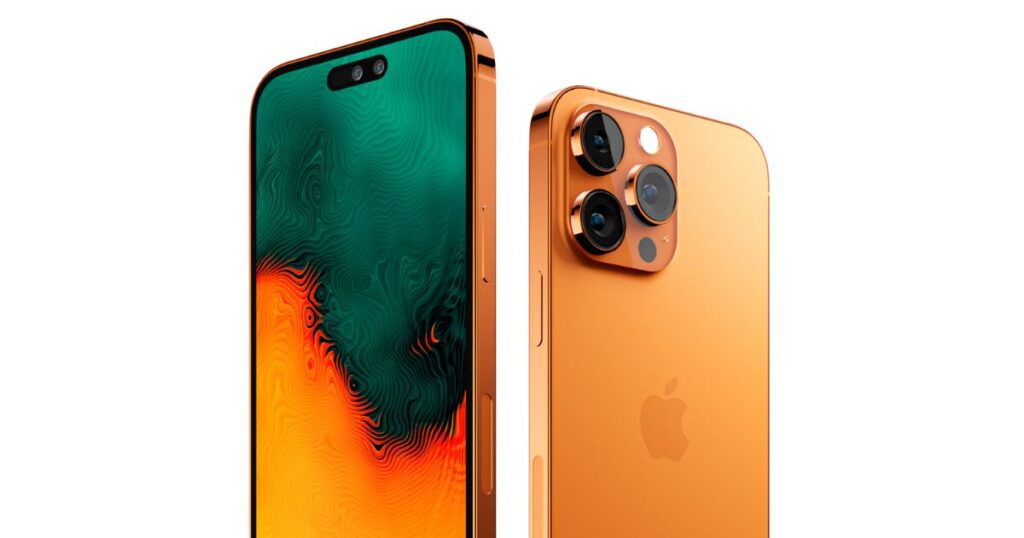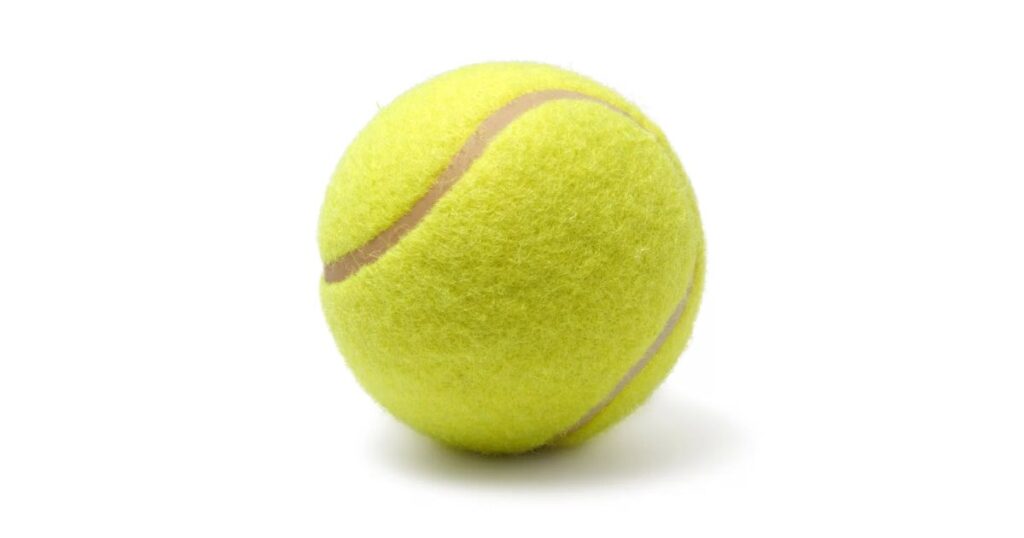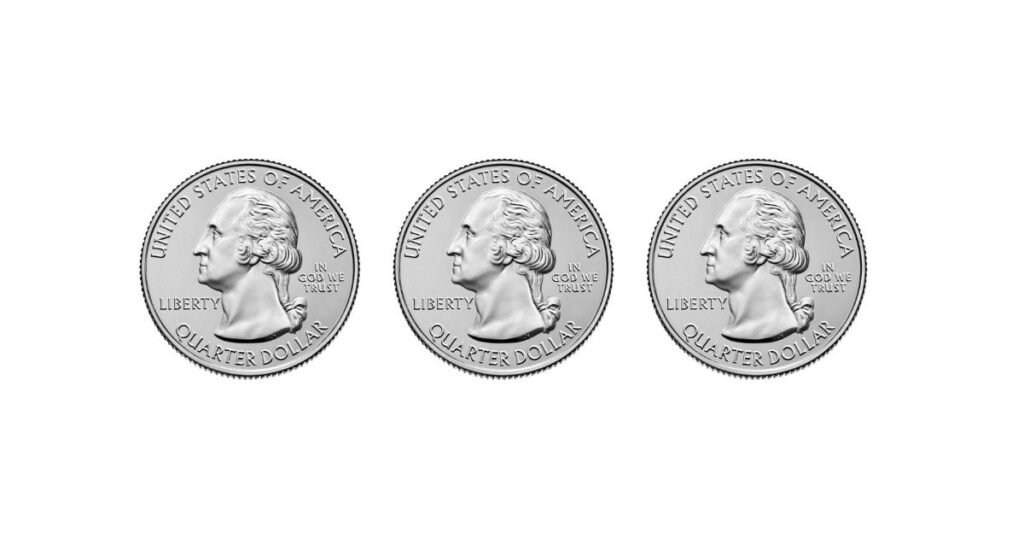Ever found yourself needing to measure something but can’t find a ruler? You’re not alone. Many of us face this common dilemma, whether we’re hanging pictures, crafting, or simply trying to estimate sizes. The good news is that numerous everyday objects are approximately 3 inches long, providing convenient measuring references.
This comprehensive guide explores twelve common items that measure around 3 inches (7.62 centimeters), offering practical solutions for quick measurements. From your index finger to common household items, these natural measuring tools are readily available when traditional measuring devices aren’t.
How long is 3 inches?
Three inches equals exactly 7.62 centimeters, a length that proves crucial in various everyday situations. Understanding this measurement helps in countless scenarios, from DIY projects to checking package dimensions.
This measurement serves as a fundamental reference point in both imperial and metric systems. When visualizing 3 inches, think of it as slightly shorter than the width of a standard smartphone or the length of two golf tees placed end to end.
Common applications for this measurement span various fields, from household tasks to professional settings. Whether you’re measuring spacing for wall hooks or determining if an object will fit in a specific space, this knowledge proves invaluable.
1. Credit card or Debit card

Standard credit and debit cards follow strict dimensional specifications set by the International Organization for Standardization. These cards measure precisely 3.37 inches in length, providing a remarkably close approximation to three inches.
The universal standardization of payment cards makes them excellent measuring references worldwide. Their rigid plastic construction maintains consistent dimensions, unlike paper-based measuring tools that might stretch or tear.
Financial professionals and designers frequently reference card dimensions when creating wallets and card holders. This standardization ensures compatibility across different manufacturers and countries.
2. Sticky Notes

Standard square sticky notes measure precisely 3 inches on each side, providing an excellent reference tool for measurement needs. The consistent manufacturing standards across major brands ensure reliable dimensions for everyday use.
Office professionals frequently utilize these adhesive measurement tools for quick size estimations. The square shape offers dual measurement references, with both width and length providing accurate 3-inch guidelines.
The widespread availability of sticky notes in professional environments makes them particularly convenient measuring references. Their standardized dimensions stem from decades of office supply optimization.
3. Crayons

New standard crayons typically measure between 3.5 and 3.75 inches, making them slightly longer than three inches but still useful for estimation. The consistent manufacturing process ensures reliable measurements across different brands.
These common household items serve dual purposes in educational settings, teaching both art and measurement concepts. Teachers often use crayons to introduce young students to basic measurement principles through familiar objects.
The gradual wear of crayons through use provides an interesting perspective on measurement variables. This natural reduction in length can serve as a practical demonstration of how objects change dimensions over time.
4. Index Finger

Your index finger serves as a natural measuring tool, with most adults’ index fingers measuring approximately 3 inches from base to tip. This biological measuring instrument includes three distinct sections: the distal, middle, and proximal phalanges.
The convenience of using your finger for measurement lies in its constant availability. Each phalange segment typically measures about one inch, providing a built-in graduated scale for more precise estimations.
Understanding your own finger’s exact length through comparison with a ruler allows for more accurate measurements in future situations. Remember that finger lengths vary among individuals, so it’s worth verifying your personal measurements.
5. Folded US Dollar Bill

A standard US dollar bill transforms into a precise measuring tool when folded correctly. When folded in half lengthwise, this common currency item provides an almost exact 3-inch measurement, making it an ideal reference tool for quick estimations.
The standardized dimensions of US currency ensure consistent measurements across all bills. An unfolded bill measures exactly 6.14 inches in length and 2.61 inches in width, creating a reliable measurement tool when folded.
Professional designers and craftspeople often utilize this technique for quick measurements in the field. The crisp edges of currency paper also allow for more precise alignment when measuring, enhancing accuracy.
6. Half of Wallet

Standard bifold wallets typically measure approximately 6 inches when opened fully, making half their length an excellent 3-inch reference. The consistent manufacturing specifications across major leather goods producers ensure reliable measurements.
Modern wallet designs follow standardized dimensions to accommodate international currency and payment cards. This standardization stems from the need to balance carrying capacity with practical portability in everyday use.
Professional leather crafters utilize these established dimensions when creating custom wallets. Understanding these measurements proves valuable for both practical applications and quality assessment.
7. Paper Clips

Standard paper clips measure approximately 1 inch in length, making three aligned clips an effective 3-inch measuring tool. These office essentials maintain consistent dimensions due to standardized manufacturing processes.
Professional administrative staff often utilize paper clips for quick measurements in document preparation. Their uniform size across major manufacturers ensures reliable measurements in office settings.
The durability and availability of paper clips make them practical measuring references. Their metallic construction maintains consistent dimensions over extended periods of use.
8. Half of iPhone 15

The iPhone 15’s precise engineering provides another reliable measuring reference. When divided in half, its length closely approximates three inches, offering a modern measurement tool that most people carry daily.
Apple’s strict manufacturing tolerances ensure consistent dimensions across all units. The device’s total length of approximately 5.81 inches makes it simple to estimate half measurements visually.
Technology enthusiasts and designers frequently reference smartphone dimensions for various applications. This standardization has influenced numerous product designs and accessories.
Read more: 13 Common Things that are 10 Inches long
9. Tennis ball

Official tennis balls adhere to strict specifications, with diameters ranging from 2.57 to 2.70 inches. While slightly smaller than three inches, their consistent size makes them reliable reference points for approximate measurements.
The spherical shape of tennis balls offers unique measurement applications beyond simple length estimation. Their standardized dimensions assist in gauging both linear measurements and spatial relationships.
Sports equipment manufacturers maintain precise quality control standards to ensure consistent ball dimensions. This standardization makes tennis balls particularly reliable for quick measurements in various settings.
10. Three US Quarters

Placing three US quarters in a row creates an almost perfect 3-inch measurement. Each quarter’s diameter measures exactly 0.955 inches, making three quarters total 2.865 inches – remarkably close to three inches.
The United States Mint maintains precise specifications for coin production, ensuring consistent measurements. This reliability makes quarters excellent tools for quick estimations when other measuring devices aren’t available.
Financial professionals and numismatists often utilize coin dimensions as reference points. The durability and standardization of coins make them particularly reliable for long-term measurement needs.
11. A Pen Cap

The cap of a standard pen is about 3 inches long. It’s a tiny but essential accessory, keeping the pen tip protected and ink from drying out. The cap’s snug fit ensures functionality while maintaining the pen’s sleek appearance.
Beyond utility, pen caps often feature clips for added portability. This small detail exemplifies how even minor design elements enhance everyday items.
12. Nails

Standard 10d nails measure exactly 3 inches in length, making them perfect reference tools in construction and DIY projects. These common fasteners maintain consistent dimensions across manufacturers due to industry standardization.
Professional contractors regularly use nail sizes as quick reference points during projects. The variety of nail lengths available provides a complete range of measurement options for different applications.
Understanding nail measurements helps in selecting appropriate fasteners for specific tasks. This knowledge proves invaluable in both professional construction and home improvement projects.
13. 1/4 Height of 2L Soda Bottle

Standard 2-liter soda bottles maintain consistent heights of approximately 12 inches, making one-quarter of their height a reliable 3-inch measurement. This common household container provides an unexpected but useful measuring reference.
Beverage manufacturers maintain strict specifications for bottle dimensions across different brands. Understanding this proportion allows for quick estimations when traditional measuring tools aren’t available.
The transparent nature of these bottles enables easy visual division into quarters. This feature makes them particularly useful for approximate measurements in various household scenarios.
Additional Measurement Considerations
Understanding measurement variations in everyday objects enhances estimation accuracy. Environmental factors like temperature and humidity can affect certain measuring tools, particularly paper-based items.
Professional measurers often combine multiple reference objects to verify dimensions. This cross-referencing technique improves accuracy and confidence in measurements.
Practical Applications
These common 3-inch references find use in various professional and personal scenarios. From document formatting to craft projects, understanding these measurements improves efficiency in daily tasks.
DIY enthusiasts particularly benefit from knowing these alternative measuring methods. These references prove invaluable when traditional measuring tools are unavailable or impractical.
Read more: 12 Things That Are 50 Feet Long or Big
Conclusion
Having multiple options for measuring approximately 3 inches provides flexibility in various situations. These everyday objects offer reliable reference points for quick measurements without specialized tools.
Understanding these alternative measuring methods enhances problem-solving capabilities in both professional and personal contexts. The convenience of having multiple options ensures you’re never without a way to estimate measurements accurately.
Remember that while these objects provide good approximations, they should not replace precise measuring tools in situations requiring exact measurements. Their primary value lies in quick estimations and general reference points.
